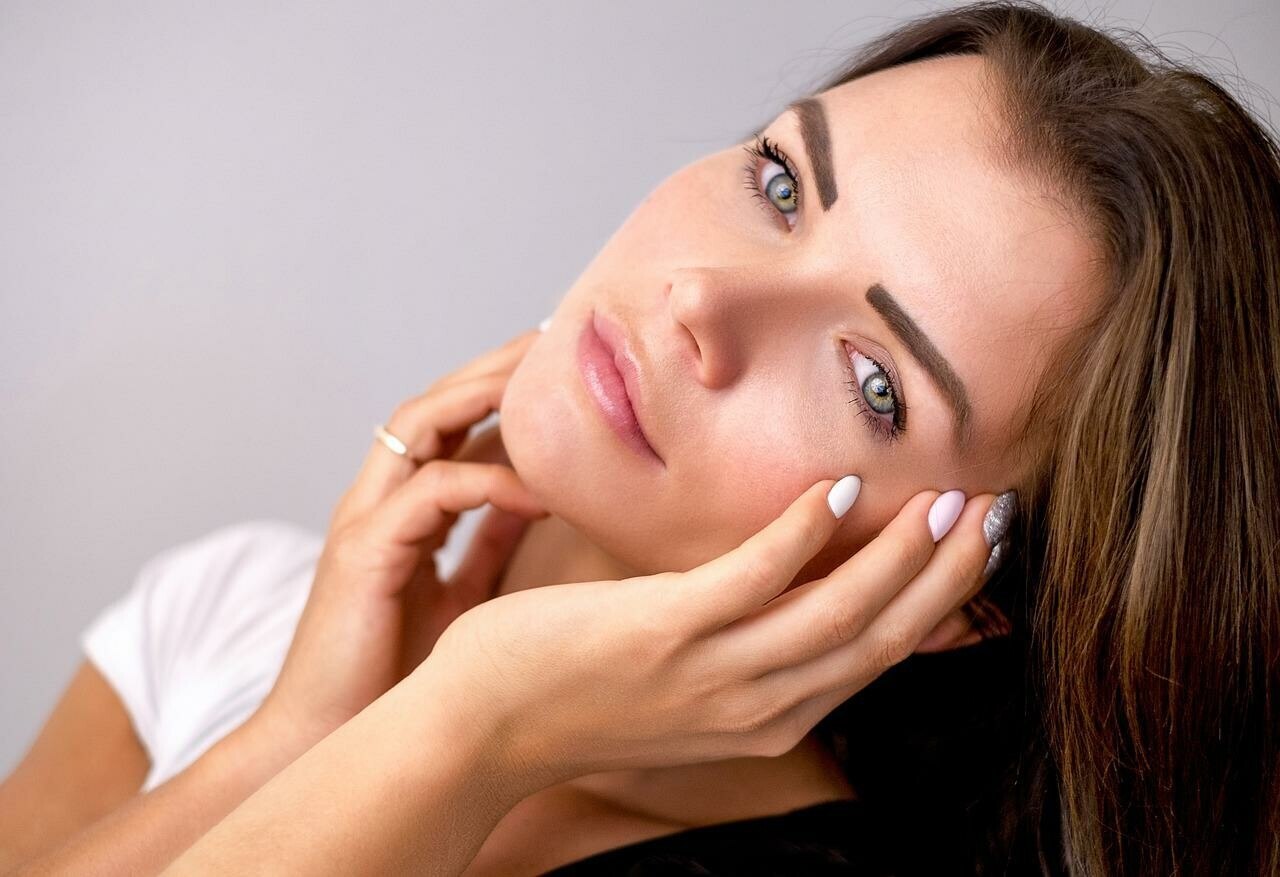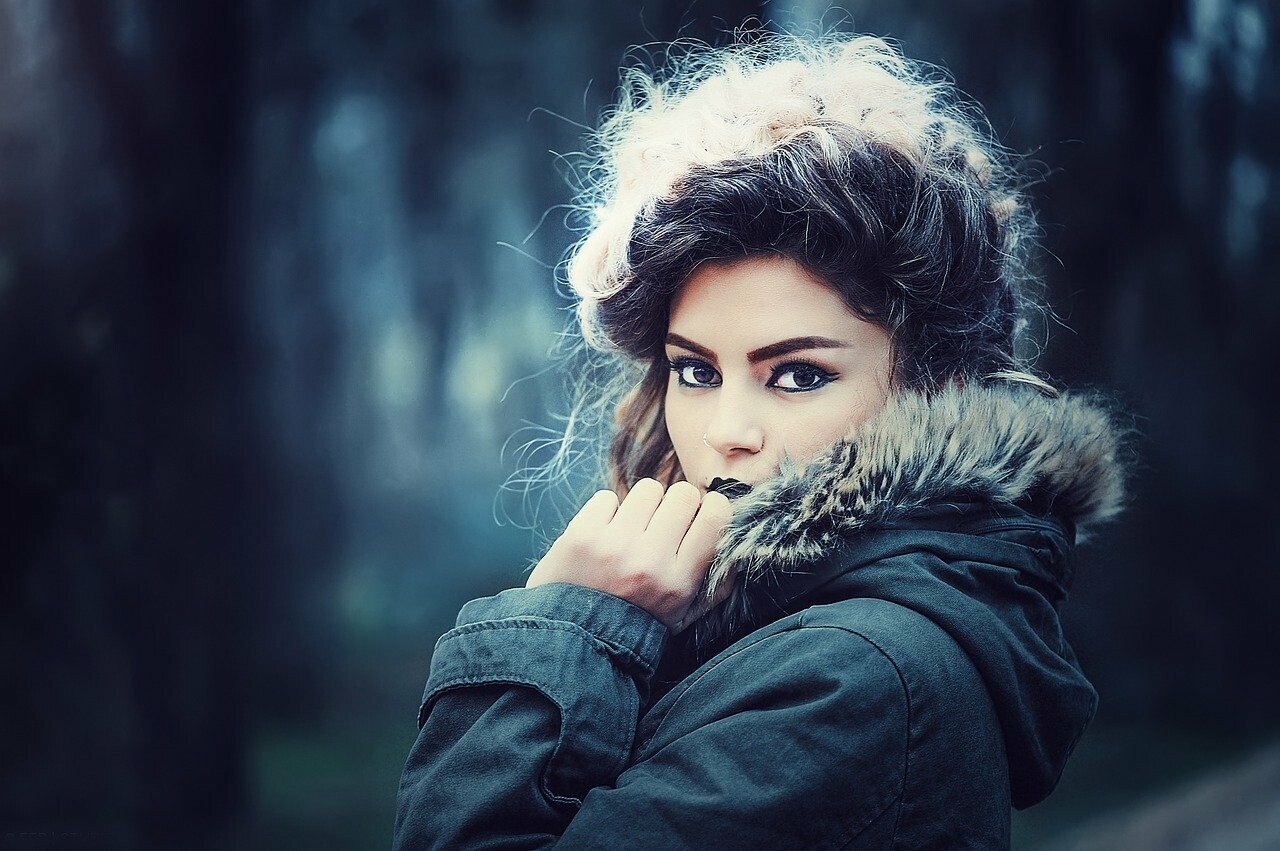An Unbiased View of Slavic Women Facial Features

Most people would agree that humans have an individual instinct for survival, but Hitler went on to assume a collective instinct for survival centered on membership in a group, a people, or a race . For the Nazis, this collective instinct for survival always involved safeguarding the purity of the “race” and the struggle with competing “races” for territory. While it classified Jews as the priority “enemy,” the Nazi ideological concept of race targeted other groups for persecution, imprisonment, and annihilation. These groups included Roma , people with disabilities, Poles, Soviet prisoners of war, and Afro-Germans.
Czech archaeologist Ivan Borkovsky (1897–1976) postulated the existence of a Slavic “Prague type” of pottery. Boris Rybakov has linked Spicyn’s “Antian antiquities” with Chernyakhov culture remains excavated by Khvoika and theorised that the former should be attributed to the Slavs. The 2nd-to-5th-century Chernyakhov culture encompassed modern Ukraine, Moldova and Wallachia. Chernyakov finds include polished black-pottery vessels, fine metal ornaments and iron tools. Soviet scholars, such as Boris Rybakov, saw it as the archaeological reflection of the proto-Slavs.
While living in the Czech Republic for half a year, I noticed two big things about the women in this region. This fine lady is called Karolina Kurkova, a world-famous Czech model. She’s a good example of the archetype of a Czech woman.
Archetype of Slavic brides

- Talking about looks, Northern Slavic nations often feature lighter hair, blue eyes, and fair complexion.
- Thracians and Illyrians mixed as ethnic groups in this period.
- Islam first arrived in the 7th century during the early Muslim conquests, and was gradually adopted by a number of Slavic ethnic groups through the centuries in the Balkans.
- That’s a fact that Russian, Ukrainian and Belorussian ladies are connected and sometimes have the same features.
East Slavic women aren’t very diverse
Sure, in some regions you’ll find more darker types and all that. But if you’re into bustier women and bigger asses and boobs, you’ll have to settle for silicone or travel elsewhere. These women are very cliquey, much more so than other Slavs. Yes, you can meet them outside of their group of friends but it will be much, much easier if you get introduced by someone and already have some social proof. In that regard they are very different from, say, Czech women or Russian women, who have no inhibitions to meet and date men they don’t know. Last but not least, Bulgarian women like Nikoleta Lozanova are usually even darker than Serbians, on average slightly shorter and slightly less hot.
- Dobro Slovo is the National Slavic Honor Society, which recognizes achievements in the undergraduate study of Russian and Slavic languages, literatures and cultures.
- Jordanes equated the Sclavenes, the Antes and the Venethi based on earlier sources such as Pliny the Elder, Tacitus and Ptolemy.
- Degree in the department by passing a qualifying examination.
- Average July temperatures in the north reach 68 °F (20 °C), but in the south they rise to 84 °F (29 °C).

Proto-Slavic developed into a separate language during the first half of the 2nd millennium BC. The Proto-Slavic vocabulary, which was inherited by its daughter languages, described its speakers’ physical and social environment, feelings and needs. Proto-Slavic had words for family connections, including svekry (“husband’s mother”), and zъly (“sister-in-law”). The inherited Common Slavic vocabulary lacks detailed terminology for physical surface features that are peculiar to mountains or the steppe, the sea, coastal features, littoral flora or fauna or saltwater fish.
Settlements were often temporary, perhaps reflected their itinerant form of agriculture, and were often along rivers. They were characterised by sunken buildings, known as Grubenhäuser in German or poluzemlianki in Russian. Built over a rectangular pit, they varied from 4 to 20 m2 in area and could accommodate a typical nuclear family. Each house had a stone or clay oven in a corner , and a settlement had a population of fifty to seventy. Settlements had a central, open area in which communal activities and ceremonies were conducted, and they were divided into production and settlement zones. Southeastern Europe in 520, showing the Byzantine Empire under Justin I and the Ostrogothic Kingdom with Migration Period peoples along their borders. Common Slavic dialects before the 4th century AD cannot be detected since all of the daughter languages emerged from later variants.
In support of his words, the scientist cited stable verbal expressions from the everyday life of people – “pure Russian beauty”, “typical Russian face”. Over the course of several decades of intense research, anthropologists have managed to reveal the appearance of a typical Russian person. The final photographs turned out, of course, blurry, but gave an idea of the appearance of the reference Russian people. The contemporary global preoccupation with “terror” and the destructive Chechen wars of the past decade should encourage politicians and commentators to examine the historical background to contemporary Russian-Chechen relations. In this article, Malgorzata Fidelis analyzes the role of gender in postwar Polish employment policies and shop floor culture and casts a new light on east European Stalinism and de-Stalinization.
Three days after child is born, they appear in their home. First sudjaya is very ugly and evil, she is telling the death of child. Second one is also evil and she threads child’s dysfunctions, while third one is the most beautiful of them and she threads longevity of child’s life and success in marriage.
For decades, scientists have been arguing about what a Russian person looks like. They study genetic types, external traits, papillary patterns, and even hematological characteristics of blood groups. Some conclude that the ancestors of the Russians are Slavs, while others argue that the Finns are closest to Russians in genotype and phenotype. With such a variety of types, what does “Slavic appearance” mean?
Or were Russians themselves victims of a faceless totalitarianism? The papers in this volume explore the divergent and conflicting ways in which the Soviet regime is remembered and re-imagined in contemporary Russian, Polish and Ukrainian cinema and media. These developments are depicted in a wider context of travel narratives written in other European languages.
Jonas referred to the Slavs as “Veneti” and noted that they were also known as “Sclavi”. The Proto-Slavic homeland is the area of Slavic settlement in Central and Eastern Europe during the first millennium AD, with its precise location debated by archaeologists, ethnographers and historians. Most scholars consider Polesia the homeland of the Slavs.Theories attempting to place Slavic origin in the Near East have been discarded. None of the proposed homelands reaches the Volga River in the east, over the Dinaric Alps in the southwest or the Balkan Mountains in the south, or past Bohemia in the west. West Slavs originate from early Slavic tribes which settled in Central Europe after the East Germanic tribes had left this area during the migration period. They are noted as having mixed with Germanics, Hungarians, Celts , Old Prussians, and the Pannonian Avars. The West Slavs came under the influence of the Western Roman Empire and of the Catholic Church.
